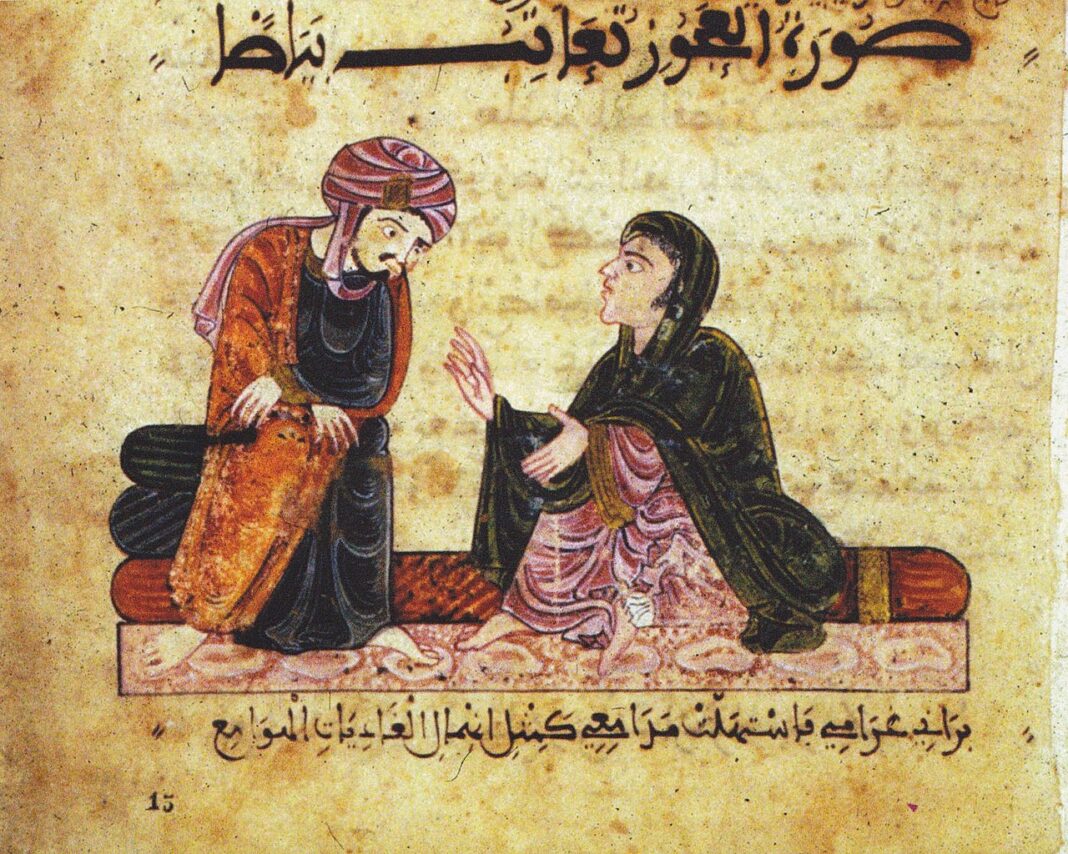The largest genetic study of modern Qatari population in history has expanded the data bank to study the migration of early human communities from Africa and the impact of the Arab conquests on the formation of many modern populations of the planet.
Researchers from the Qatar Department of Human Genetics (Sidra Medicine, Doha) and Cornell University in the United States have sequenced 6,218 genomes of the Arab population of Qatar. Such a large array of data on the modern inhabitants of the Arabian Peninsula was obtained for the first time. The genetic material was selected at random from the Qatar health database. Scientists have compared these samples with the DNA of modern people from other regions, as well as the ancient population of the African and Eurasian continents. An in-depth analysis of the genomic data of more than 6,000 people from a small state in the east of the Arabian Peninsula has shed light on the history of the Arabs of the entire Middle East region.
Archaeologists and paleogenetics consider the Arabian Peninsula to be the most important base for the spread of modern humans around the world. In recent years, research centers in many countries have been collecting and analyzing genetic evidence for this theory. Qatari scientists confirmed the migration of early Africans through Arabia about 90 thousand years ago, and the isolation of the local community from the populations that continued to move to Eurasia occurred later.
The Arabian population separated from the migration flow of future Europeans 42 thousand years ago, and from the ancient conquerors of South Asia – about 32 thousand years ago. It is with this that scientists explain the extremely rare appearance in the genome of the Arabs of the DNA of the Neanderthals and Denisovans, with whom the ancient people met later, having already left the Arabian Peninsula.
Geneticists claim that the formation of the five main branches of the modern Arab community was completed 12-20 thousand years ago. The population of their ancestors has undergone several fragmentation and displacement associated with climate change. The settlers in fertile lands laid the foundation for agricultural communities, and those who remained in the desert became nomadic herders.
D-statistic histograms of the contribution of various ancient human genomes to the origin of the peninsular Arabs PAR in comparison with other QGPs and world populations, inferred using Patterson’s D-statistic (Dstat).
Results are grouped by archaeological period. Abbreviations:
QGP – Qatar Genome Program, PAR – Peninsular Arabs, GAR – General Arabs of Seven Arabia and the Levant, WEP – Arabs of Western Eurasia and Persia, CAC – Asian Arabs, AFR – African Arabs, ADM – Mixed Arabs. Razali et al./ Nature, 2021
The rise of the Arab Caliphate in the 7th century AD and the Arab conquests over the next 1400 years saw the DNA of European, South Asian, and even South American communities receiving significant contributions from the Middle East Arab genome.
The Qatari Whole Genome Sequencing Program has identified a large percentage of inbreeding in the Arab population due to the isolation of early tribal groups and limited opportunities for intermarriage. Scientists believe that this information will help diagnose, identify genetic disorders and treat hereditary diseases.
Photo: Handwritten illustration of the Arabian tale “Hadith Bayyad and Riyad”, 13th century (Biblioteca Apostolica, Vatican City)









